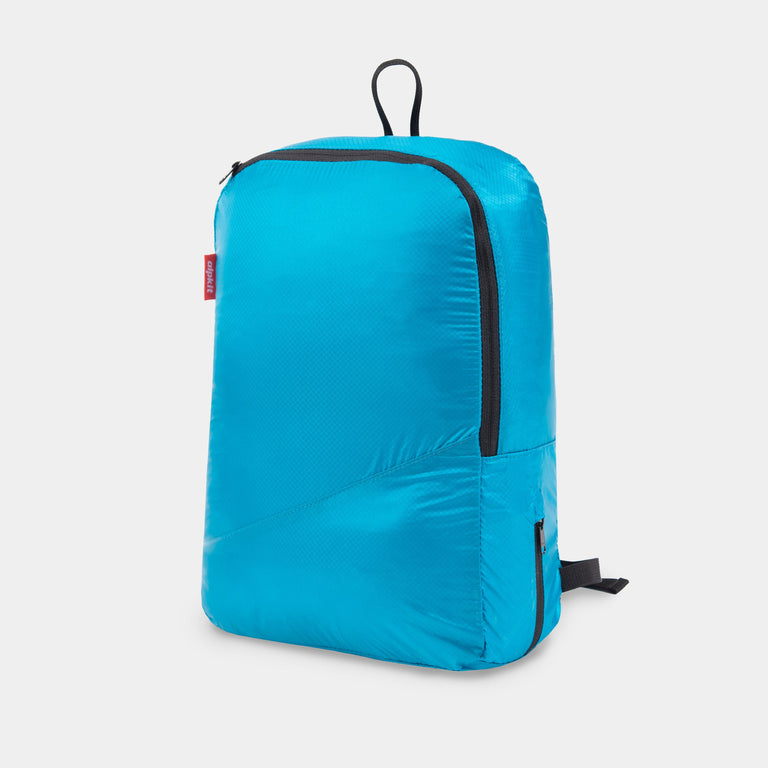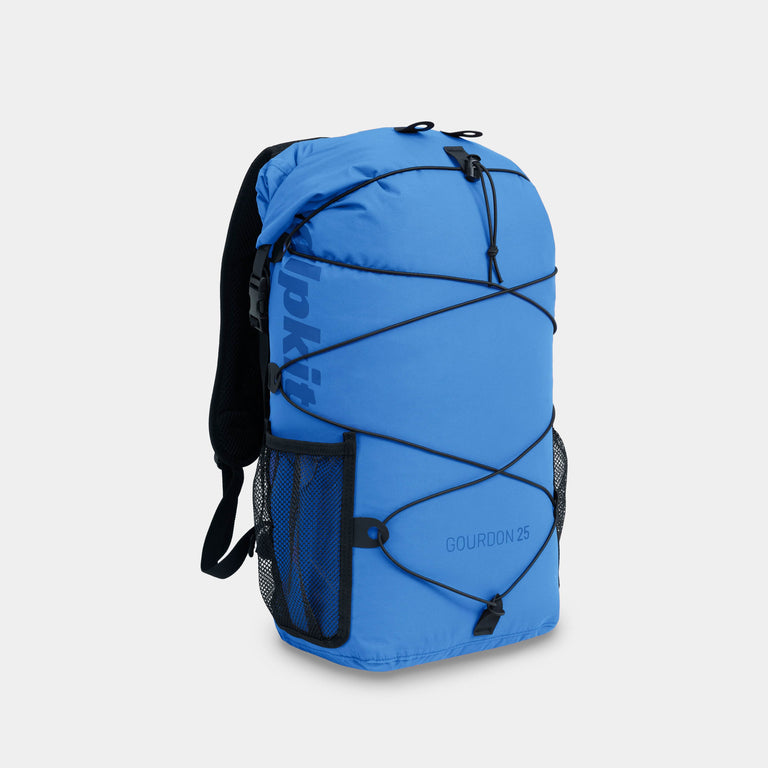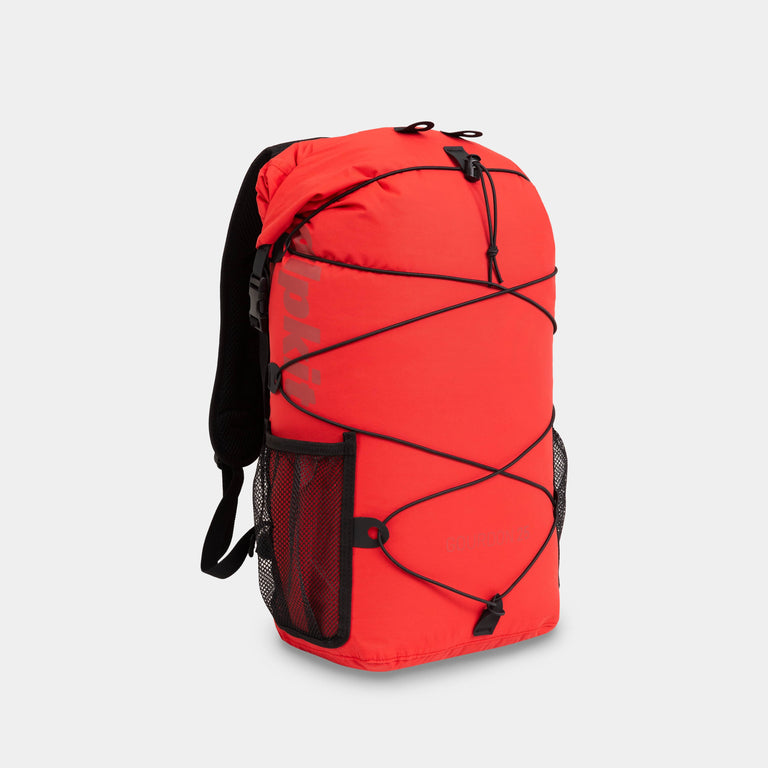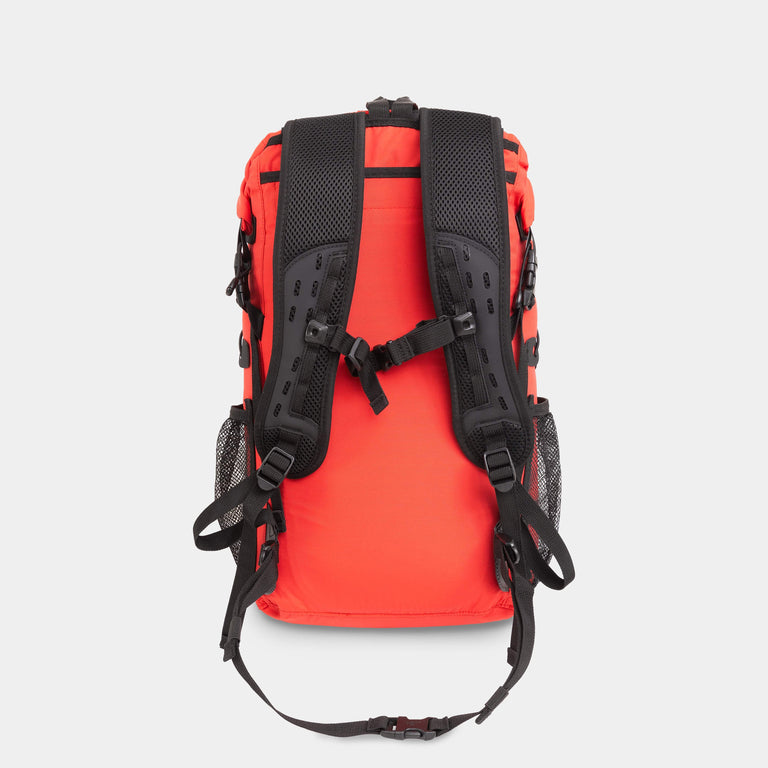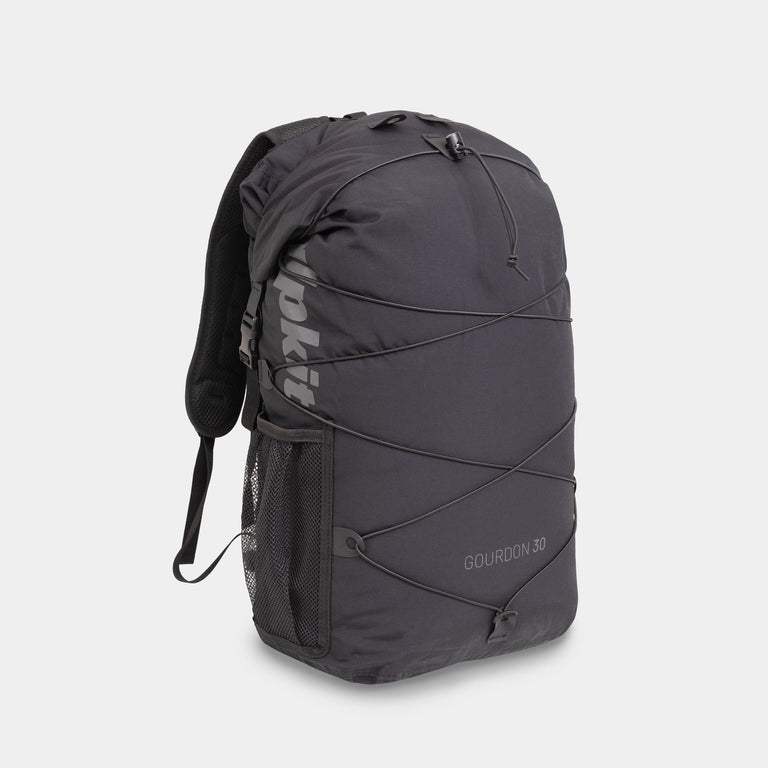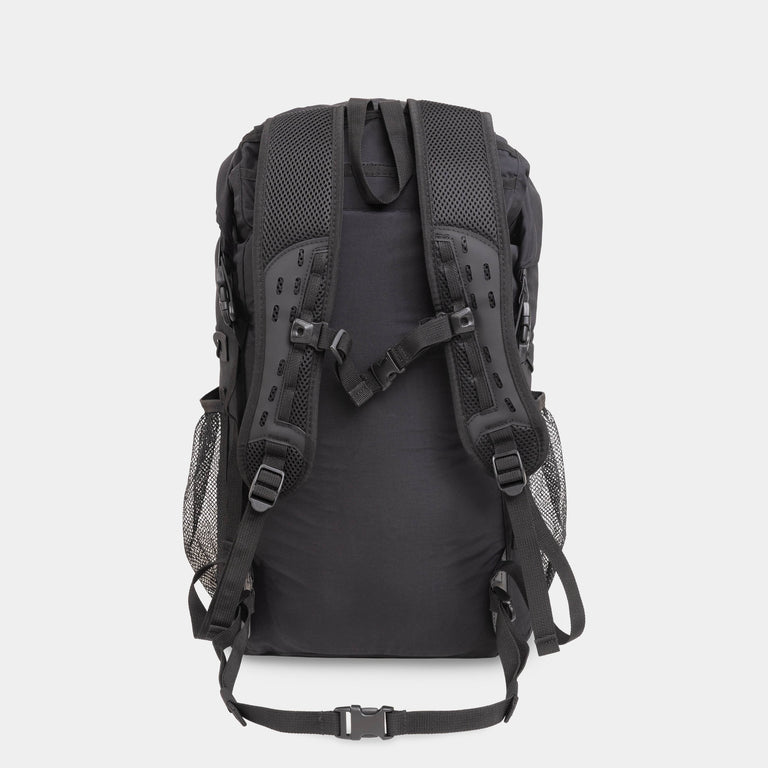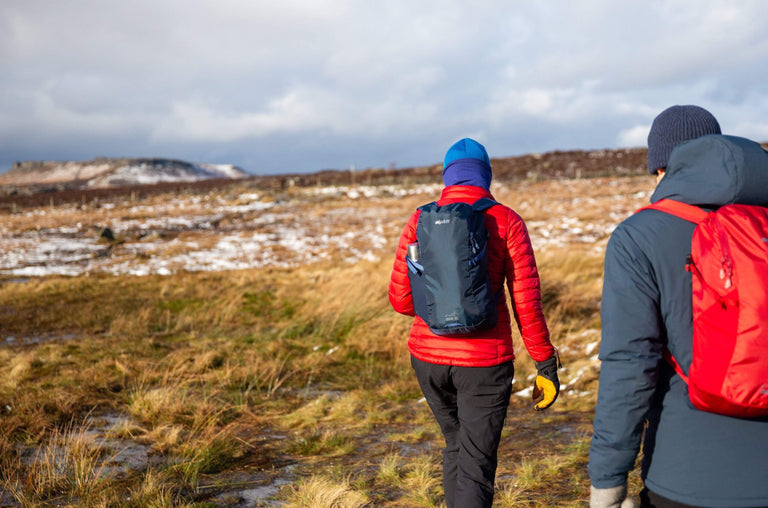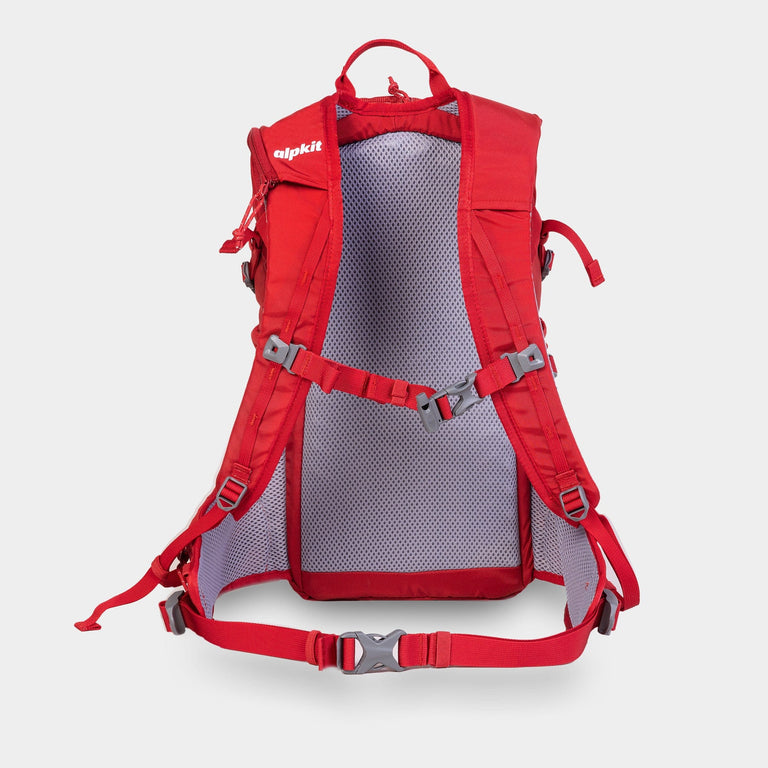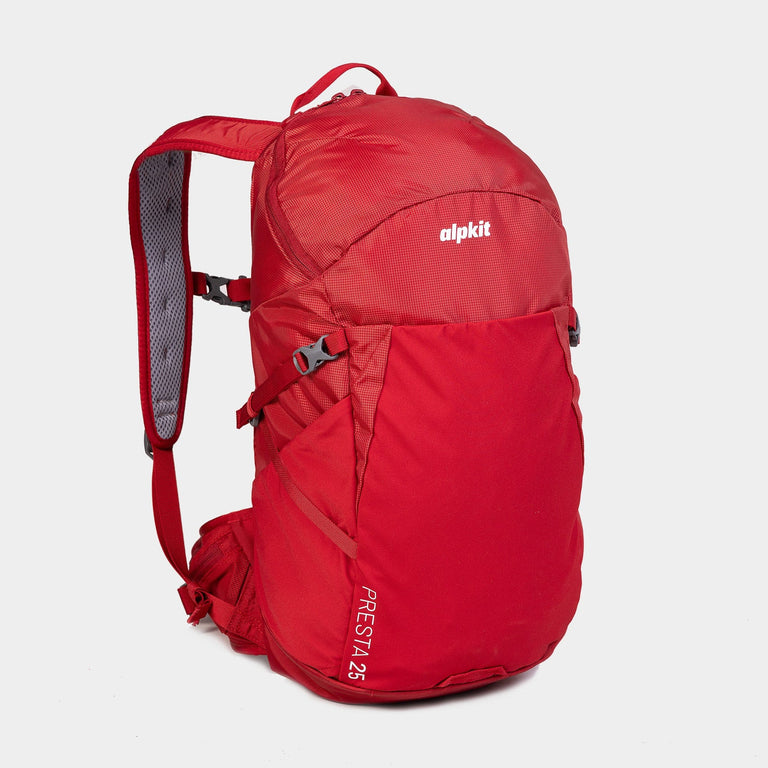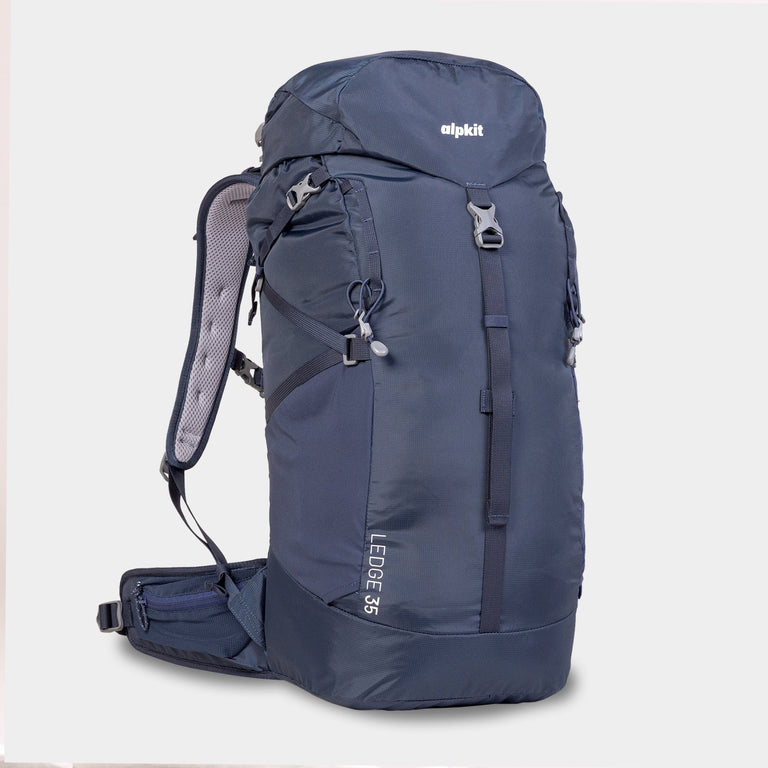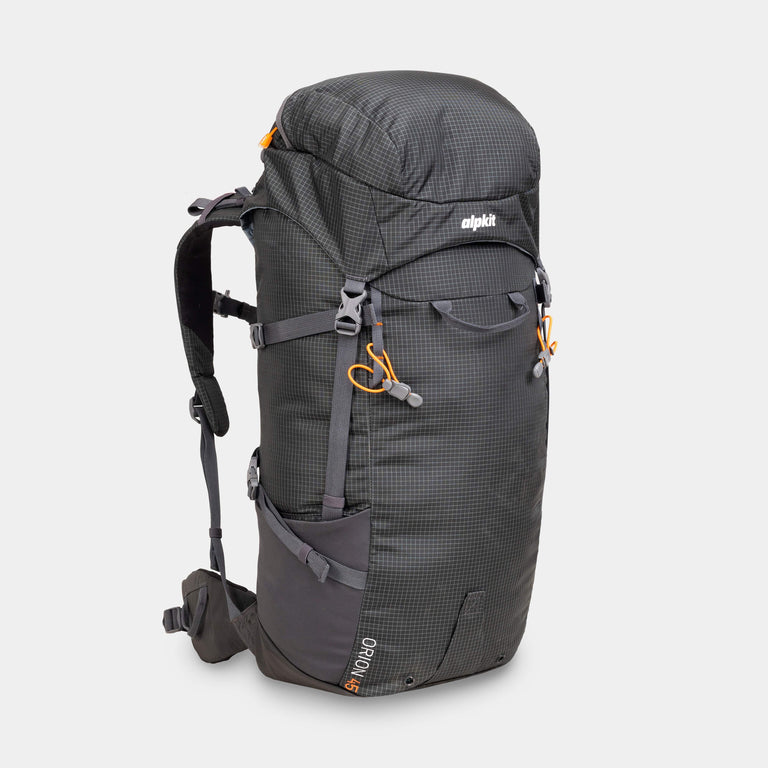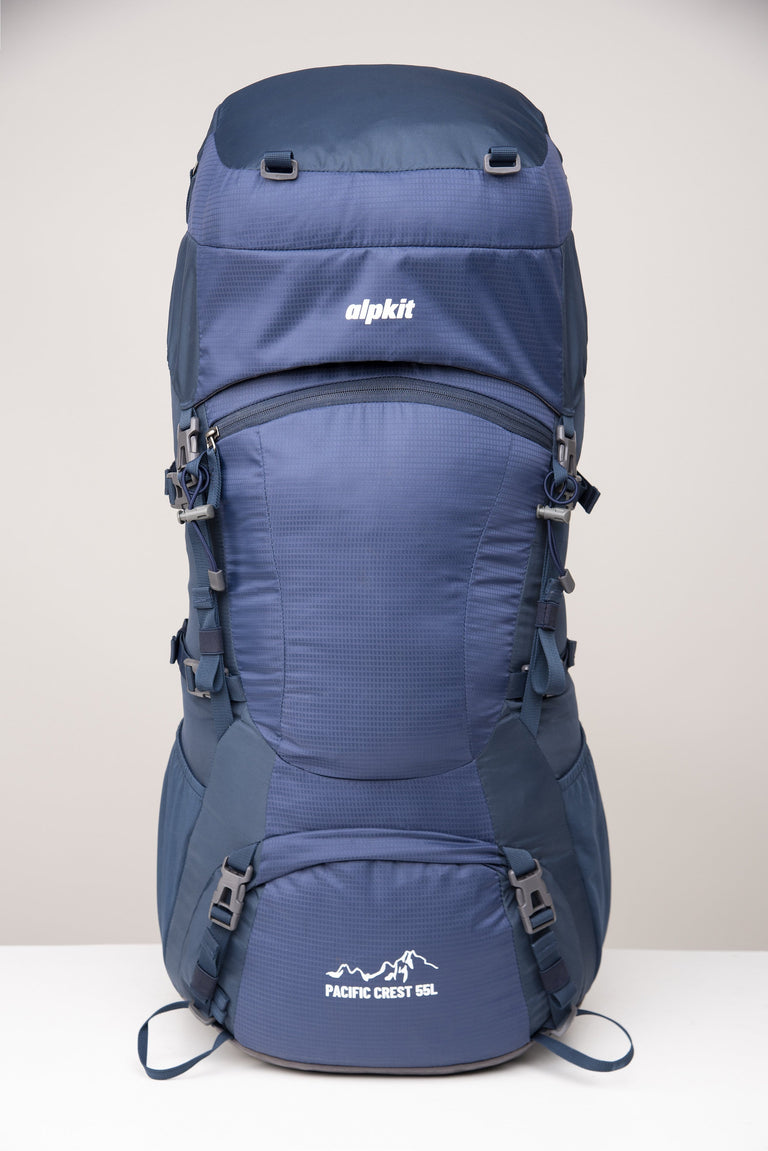
Traverse the Geghama Mountains, where rugged trails lead to breathtaking vistas.
The Geghama Mountains are an imposing chain of volcanic domes that bisect Armenia from north to south. For most of the year they are impenetrable due to a thick layer of snow. But come June, as snow starts to melt, the country’s tent-dwelling Yezidi nomads drive their cattle from lowland plains to graze beneath the azure skies of high summer.
These are among the most remote and uninhabited parts of the Lesser Caucasus mountains, which stretch from the Black Sea coast of Georgia to the River Arax on the border of Armenia and Iran. It is the perfect place for an adventure.


Living on and off in Armenia, I'd been staring at these snow-capped peaks for too long, dreaming of grabbing my pack and heading off to see what I would find. These mountains are ever-present: every road trip reminded me that I had not yet explored them. This year I decided to do it: I would traverse the range from north to south and climb the highest peak, Azhdahak, along the way.
Ben dropped us off in Georgina (our beloved Land Rover) at our starting point near the edge of Lake Sevan. My partner in adventure, Leon McCarron, struggled into his pack and began complaining about the weeks’ worth of food and gear he’d shovelled onto his shoulders. I told him to stop moaning and start walking because it was already midday and we had a bloody long way to go. (It was halfway into the trek before we emptied our food bags and understood why my dear sister-in-law, who I’d asked to buy our supplies, had kindly packed us enough extra goodies to feed a small village for a month.)


Two days of walking got us beyond the ploughed fields and ranches to the first cluster of red rounded cinder cones that define the ridge. We made camp beneath Mount Tas, and on the second day rounded the shoulder of Mount Shishdebe to reach Lake Akna, the first big milestone on our route. Even after just a few dozen miles, our muscles were easing into their task, and despite the elevation gain we already felt lighter and stronger. The landscapes here were sparse, clear, expansive. I took an evening swim in Akna’s ice-cold waters. Mount Azhdahak reared its head in the distance. This 11,801-foot monster dominates the range, its summit often obscured by swirling black clouds that hammer the mountain constantly. These electrical storms were no joke: at least one local guide had been struck by lightning on the slopes of Azhdahak in the last couple of years.
A lone figure on horseback drove a small band of cattle down to drink from the opposite bank. Mountains blocked our view eastwards, but the steppe ran unobscured down to the west, where the shattered rocks of old lava flows disappeared over a low horizon, braided with deep ravines scoured over millennia. Beyond was haze, turning orange and red with the setting sun. Our bodies were reawoken, our minds cleared after the stresses of other all-consuming projects back home, and all was well in the world.
The next day took us rock-hopping along meltwater streams hemmed in by steep slopes of pink volcanic pumice. Passing the crunchy remnants of snowdrifts that persisted in the hollows, we were eventually spat out at the foot of Azhdahak itself. A partial circumambulation brought us to the foot of the northern approach to the summit, and as the darkening cumulus began to swirl above us, we chose a sheltered hollow in which to pitch camp before the morning’s ascent.




